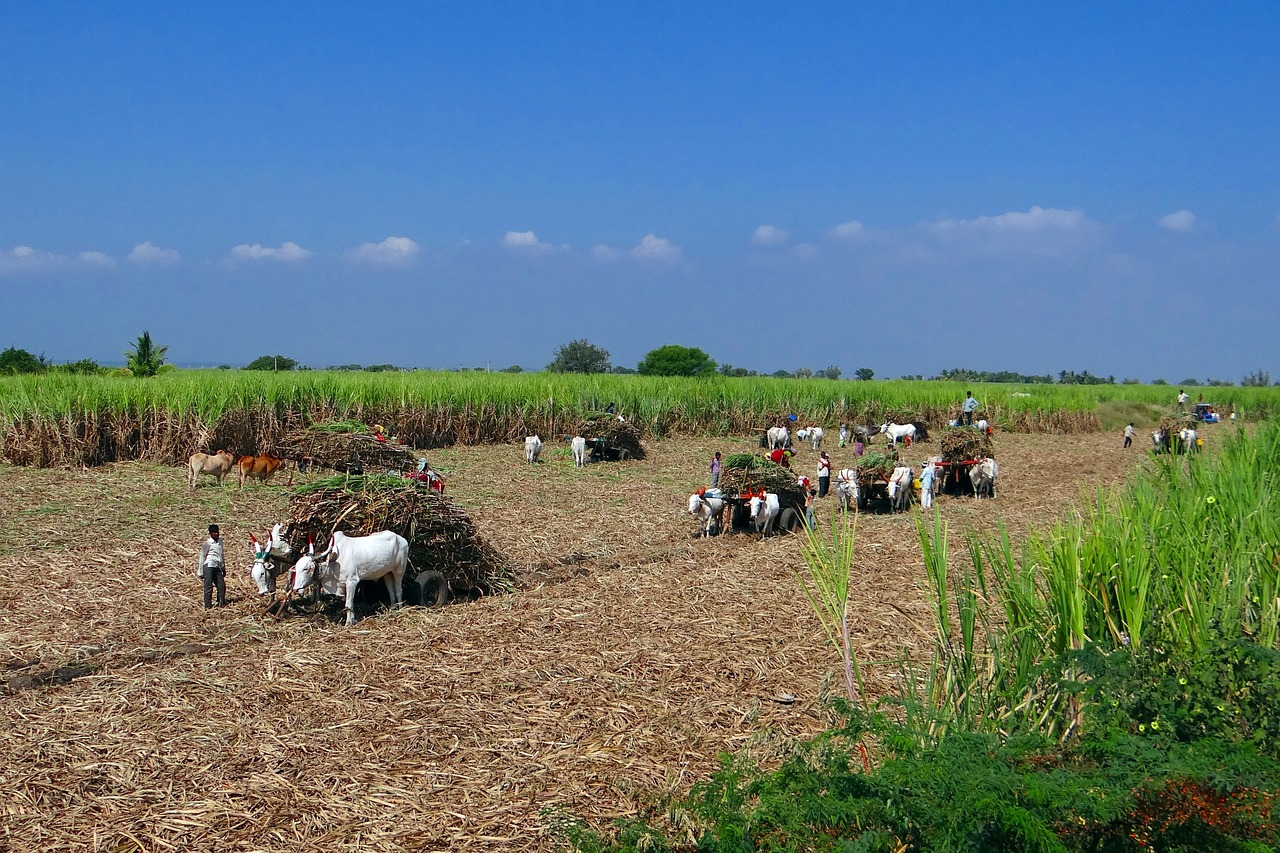The Impact of Election Polling on Election Night Coverage
Election night coverage is a crucial moment for news outlets and audiences alike. It is a time when the results of months of campaigning, debating, and analyzing finally culminate in a momentous event. However, the impact of election polling on election night coverage cannot be understated. Polls play a significant role in shaping the narratives, predictions, and overall atmosphere of election night coverage.
The Influence of Polling
Throughout the election cycle, polling data is constantly analyzed and disseminated to the public. Polls provide insights into voter preferences, candidate popularity, and potential outcomes of the election. News outlets use this data to craft narratives, predict winners, and analyze trends leading up to election night.
On election night, this polling data forms the foundation of coverage. News networks rely on exit polls, early returns, and forecasting models to project winners and analyze the state of the race. The constant updating of these projections creates a sense of anticipation and drama for viewers.
The Role of Pollsters
Pollsters play a critical role in election night coverage. Their data and analysis are often featured prominently in news broadcasts and online coverage. Pollsters are responsible for collecting polling data, analyzing trends, and making predictions about election outcomes.
On election night, pollsters are under scrutiny as their predictions are put to the test. If a pollster’s projections align with the actual results, their credibility is bolstered. Conversely, if a pollster’s predictions are off the mark, it can lead to questions about their methodology and accuracy.
The Impact on Candidates
Election polling can have a significant impact on candidates and their campaigns. Polling data can shape candidate strategies, messaging, and resource allocation. Candidates often adjust their messaging and campaign tactics based on polling data to appeal to key demographics or address voter concerns.
On election night, polling data can influence how candidates and their supporters react to the results. If a candidate is projected to win based on polling data, they may feel confident and celebratory. Conversely, if a candidate is behind in the polls, it can create a sense of urgency and concern among their supporters.
Media Coverage
The media plays a crucial role in shaping public perception of election night events. News outlets use polling data to frame election narratives, predict winners, and analyze trends. The constant updating of polling data and projections creates a sense of excitement and drama for viewers.
On election night, news networks provide wall-to-wall coverage of election results, often featuring live updates, expert analysis, and on-the-ground reporting. Polling data is a key component of this coverage, driving the narrative and shaping viewer expectations.
The Future of Election Polling
As technology and data analytics continue to evolve, so too will election polling. Pollsters are constantly refining their methodologies to improve accuracy and reliability. The use of big data, machine learning, and predictive modeling are transforming the field of polling and forecasting.
It is essential for news outlets, pollsters, and audiences to understand the limitations and challenges of election polling. While polling data can provide valuable insights and trends, it is not infallible. The margin of error, sample size, and methodology all play a role in the accuracy of polling data.
Conclusion
Election night coverage is a pivotal moment in the political landscape. The impact of election polling on election night coverage cannot be underestimated. Polling data shapes narratives, predictions, and candidate strategies leading up to and on election night. As technology advances and methodologies improve, the role of polling in elections will continue to evolve.
FAQs
Q: Are election polls always accurate?
A: Election polls are a snapshot in time and are subject to various factors that can influence their accuracy. While polling data can provide valuable insights and trends, it is not infallible. Factors such as sample size, methodology, and margin of error can impact the accuracy of election polls.
Q: How do pollsters collect data for election polls?
A: Pollsters use various methods to collect data for election polls, including phone surveys, online surveys, and in-person interviews. They often use statistical techniques to ensure that their samples are representative of the population they are trying to measure.
Q: What is the margin of error in election polls?
A: The margin of error in election polls is a measure of the accuracy of the poll’s results. It indicates the amount by which the poll results may differ from the actual results if the entire population were surveyed. The margin of error is typically expressed as a plus or minus percentage.







